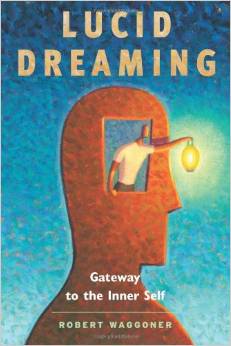Lucid dreams and dreaming
You have had a lucid dream when you were awake for a time during the dream and had the option of influencing what was taking place. While it seems there has been a long tradition of lucid dreaming among Tibetan Buddhist monks it has been only quite recently that we here in the West have begun exploring this realm of dream consciousness. Although known and practiced among "onieronauts" for quite a while now, I imagine that it was only with the release of Inception that the wider public became aware of this form of dreaming.
The person and book that probably did the most to kick things off for readers in the West was Stephen LaBerge and his 1985 book "Lucid Dreaming: A Concise Guide to Awakening in Your Dreams and in Your Life." In it he reports on the results achieved by a research program that he directs at Stanford University. One of the most interesting results has been that he was able to show that time as experienced during a dream is approximately the same as in real life. This was accomplished by having lucid dreamers signal observers via eye movements when they had begun and then completed an assigned task and the resulting time interval was compared with what would have been normal for such a task in waking reality.
Over the years a number of methods/techniques (and even devices!) have been developed for inducing lucid dreaming. A brief overview of them can be found as an appendix (pp, 265 - 281) in Robert Waggoner's 2009 book "Lucid Dreaming." In that book, he describes four "stumbling blocks to a long process of discovery (temptations, fears, and defenses; assumptions; and intent and will) and five stages of dream lucidity development (pp. 101 - 105):
* Personal play, pleasure, and pain avoidance
* Manipulation, movement and me
* Power, purpose and primacy
* Re-reflection, reaching out and wonder
* Experiencing awareness
In my view, Robert's book provides the best overview of lucid dreaming currently available.
Previous section Next section List of sections List of chapters

